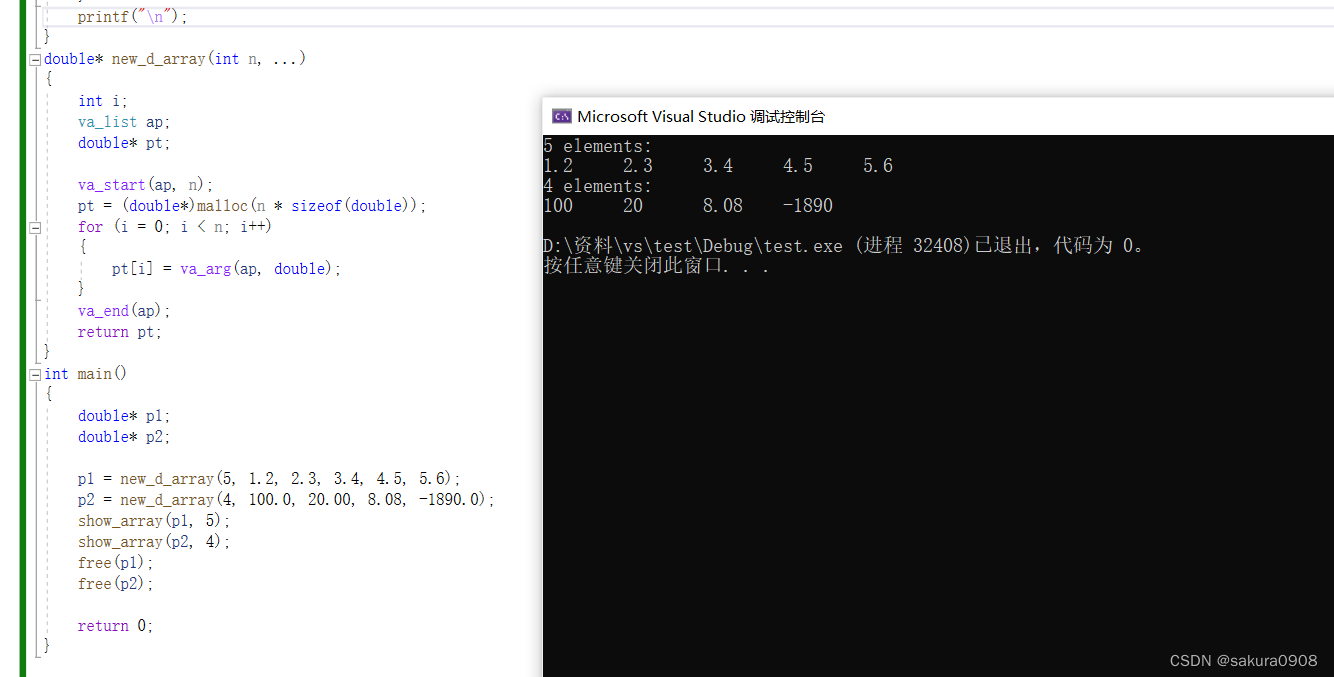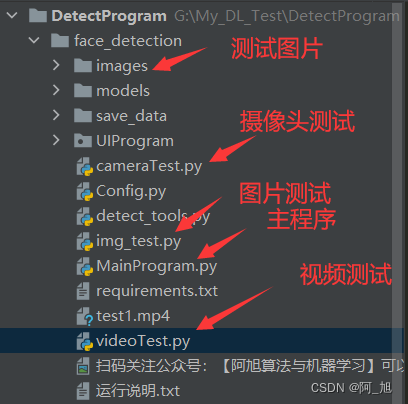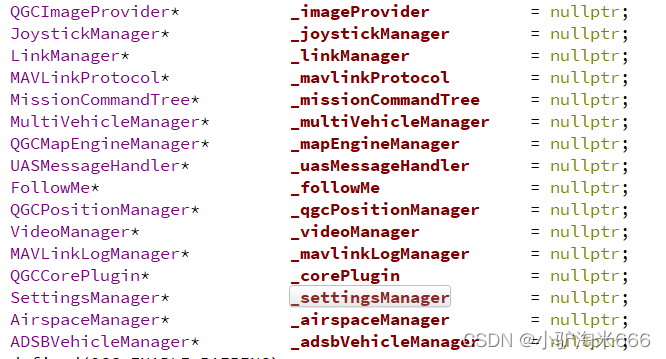学完C语言之后,我就去阅读《C Primer Plus》这本经典的C语言书籍,对每一章的编程练习题都做了相关的解答,仅仅代表着我个人的解答思路,如有错误,请各位大佬帮忙点出!
由于使用的是命令行参数常用于linux系统或者vscode,但此代码是运行于vs2022的,测试截图就不弄了。
2.两数的调和平均数这样计算:先得到两数的倒数,然后计算两个倒数 的平均值,最后取计算结果的倒数。使用#define指令定义一个宏“函数”,执 行该运算。编写一个简单的程序测试该宏。
#include <stdio.h>
#define HMEAN(X, Y) (2.0 * (X) * (Y) / ((X) + (Y)))
int main(void)
{double x, y, ans;printf("Enter a pair of numbers (q to quit): ");while (scanf("%lf %lf", &x, &y) == 2){ans = HMEAN(x, y);printf("%g = harmonic mean of %g %g.\n", ans, x, y);printf("Enter a pair of numbers (q to quit): ");}printf("Done.\n");return 0;
}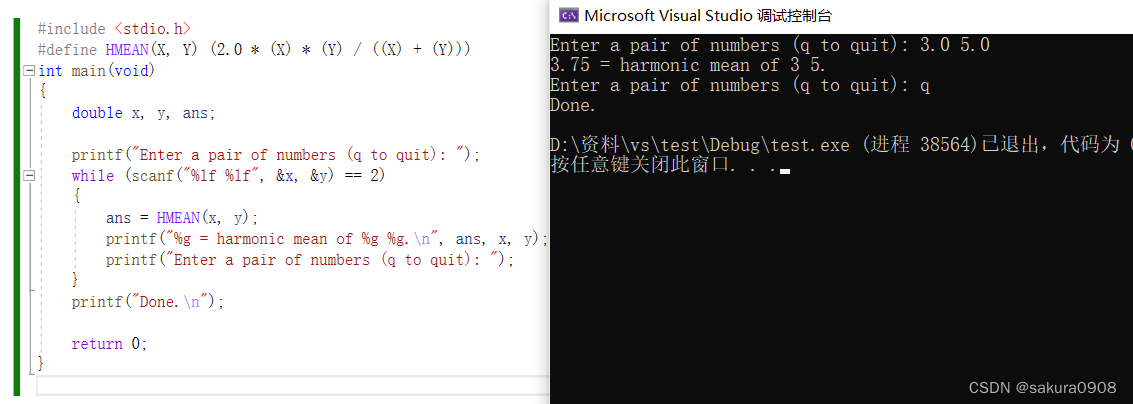
3.极坐标用向量的模(即向量的长度)和向量相对x轴逆时针旋转的角 度来描述该向量。直角坐标用向量的x轴和y轴的坐标来描述该向量(见图 16.3)。编写一个程序,读取向量的模和角度(单位:度),然后显示x轴 和y轴的坐标。相关方程如下:
x = r*cos A y = r*sin A
需要一个函数来完成转换,该函数接受一个包含极坐标的结构,并返回 一个包含直角坐标的结构(或返回指向该结构的指针)。
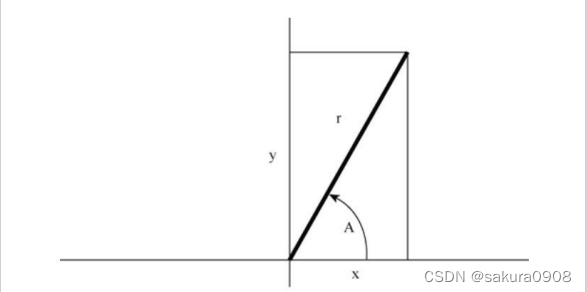
#include <stdio.h>
#include <math.h>
#define PI 3.1415926
typedef struct
{double length;double angle;
} polar;
typedef struct
{double x;double y;
} rect;
rect polar_to_rect(const polar* temp)
{rect res;static const double rad = PI / 180.0;double ang = rad * temp->angle;res.x = temp->length * cos(ang);res.y = temp->length * sin(ang);return res;
}
int main(void)
{polar input;rect answer;printf("Enter magnitude and angle in degrees (q tu quit): ");while (scanf("%lf %lf", &input.length, &input.angle) == 2){answer = polar_to_rect(&input);printf("polar coord: %g %g\n", input.length, input.angle);printf("rectangular coord: %g %g\n", answer.x, answer.y);printf("You can enter again (q tu quit): ");}printf("Done.\n");return 0;
}
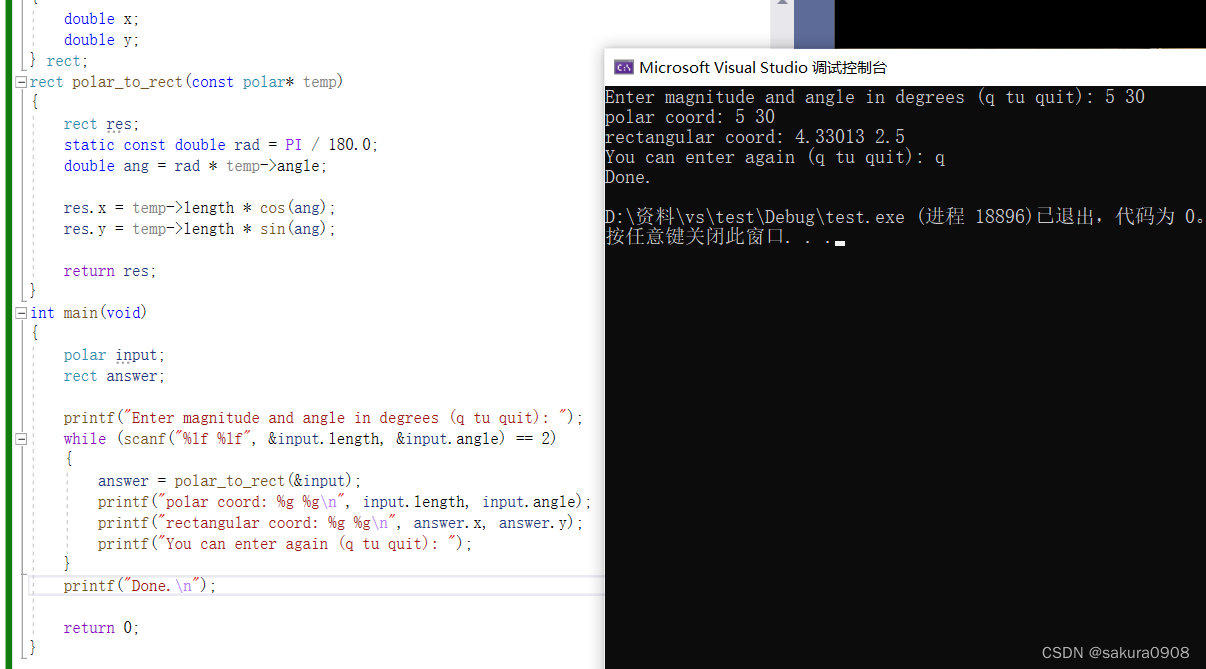
4.ANSI库这样描述clock()函数的特性:
#include <time.h>
clock_t clock (void);
这里,clock_t是定义在time.h中的类型。该函数返回处理器时间,其单 位取决于实现(如果处理器时间不可用或无法表示,该函数将返回-1)。然 而,CLOCKS_PER_SEC(也定义在time.h中)是每秒处理器时间单位的数 量。因此,两个 clock()返回值的差值除以 CLOCKS_PER_SEC得到两次调用 之间经过的秒数。在进行除法运算之前,把值的类型强制转换成double类 型,可以将时间精确到小数点以后。编写一个函数,接受一个double类型的 参数表示时间延迟数,然后在这段时间运行一个循环。编写一个简单的程序 测试该函数。
#include <stdio.h>
#include <time.h>
void delay(const double second)
{clock_t start = clock();clock_t end = clock();while (((double)(end - start) / CLOCKS_PER_SEC) < second){end = clock();}printf("Delay %g seconds.\n", (double)(end - start) / CLOCKS_PER_SEC);
}
int main(void)
{double n;printf("please enter a number (<0 or q to quit): ");while (scanf("%lf", &n) == 1){delay(n);printf("You can enter again (<0 or q to quit): ");}printf("Done.\n");return 0;
}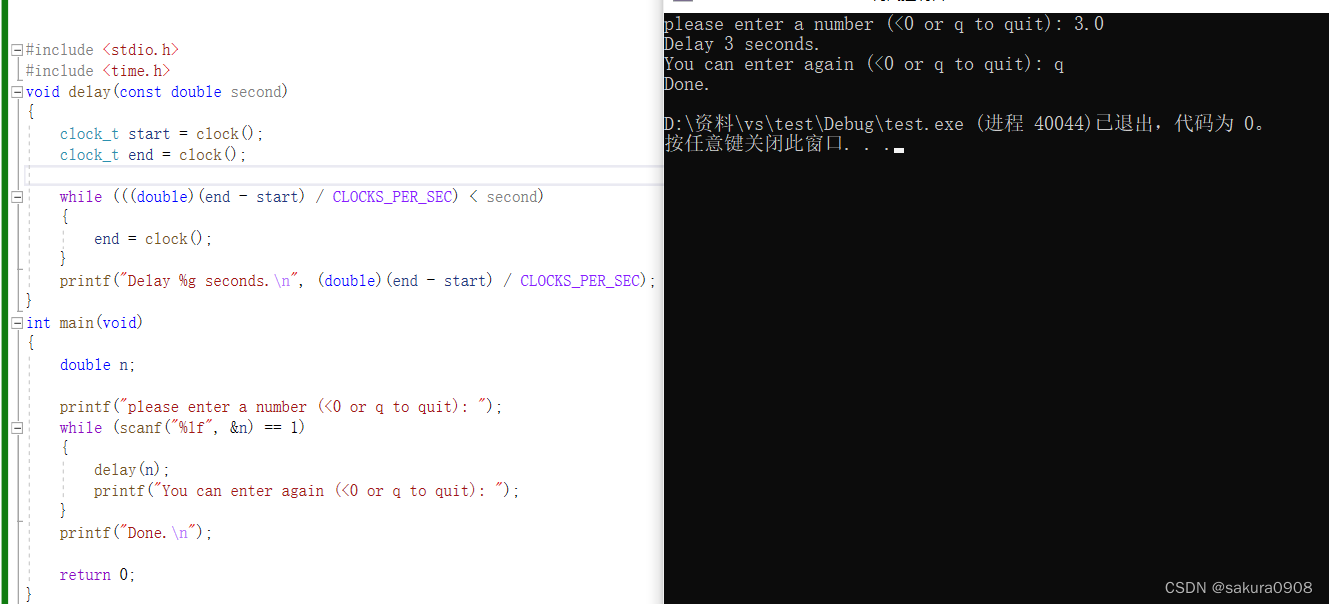
5.编写一个函数接受这些参数:内含int类型元素的数组名、数组的大小 和一个代表选取次数的值。该函数从数组中随机选择指定数量的元素,并打 印它们。每个元素只能选择一次(模拟抽奖数字或挑选陪审团成员)。另 外,如果你的实现有time()(第12章讨论过)或类似的函数,可在srand()中 使用这个函数的输出来初始化随机数生成器rand()。编写一个简单的程序测 试该函数。
#include <stdio.h>
#include <time.h>
#include <stdlib.h>
#include <string.h>
#define LEN 30
#define PICK 6
void random_pick(int ar[],int picks)
{int count = 0;int i, br[LEN];memcpy(br, ar, LEN * sizeof(int));srand((unsigned int)time(0));printf("Pick %d numbers:\n", picks);while (picks > 0){i = rand() % LEN;if (0 == br[i]){continue;}else{printf("%-8d", br[i]);br[i] = 0;--picks;}if (++count % 10 == 0){putchar('\n');}}printf("\n");
}
int main(void)
{int i, ch;int choices[LEN];for (i = 0; i < LEN; i++){choices[i] = i + 1;}do{random_pick(choices, PICK);printf("Can you do again (y/n)? ");ch = getchar();while (getchar() != '\n')continue;} while ('y' == ch || 'Y' == ch);printf("Done.\n");return 0;
}
6.修改程序清单16.17,使用struct names元素(在程序清单16.17后面的 讨论中定义过),而不是double类型的数组。使用较少的元素,并用选定的 名字显式初始化数组。
#include <stdio.h>
#include <stdlib.h>
#include <string.h>
#define LEN 40
#define SLEN 5
struct names
{char first[LEN];char last[LEN];
};
int comp(const void* p1, const void* p2)
{const struct names* ps1 = (const struct names*)p1;const struct names* ps2 = (const struct names*)p2;if (strcmp(ps1->last, ps2->last) != 0){return 0;}else{return strcmp(ps1->first, ps2->first);}
}
void show_names(const struct names* begin, int n)
{const struct names* end = begin + n;while (begin < end){printf("%s %s\n", begin->first, begin->last);++begin;}return;
}
int main(void)
{struct names staff[SLEN] ={{"Francy, card"},{"Coffee, cancy"},{"Stephen, lory"},{"Jack, rosery"},{"Black, clover"}};printf("Random list:\n");show_names(staff, SLEN);qsort(staff, SLEN, sizeof(struct names), comp);printf("\nSorted list:\n");show_names(staff, SLEN);return 0;
}
7.下面是使用变参函数的一个程序段:
#include
#include
#include
void show_array(const double ar[], int n);
double * new_d_array(int n, ...);
int main() {
double * p1;
double * p2;
p1 = new_d_array(5, 1.2, 2.3, 3.4, 4.5, 5.6);
p2 = new_d_array(4, 100.0, 20.00, 8.08, -1890.0);
show_array(p1, 5);
show_array(p2, 4);
free(p1);
free(p2);
return 0; }
new_d_array()函数接受一个int类型的参数和double类型的参数。该函数 返回一个指针,指向由malloc()分配的内存块。int类型的参数指定了动态数 组中的元素个数,double类型的值用于初始化元素(第1个值赋给第1个元 素,以此类推)。编写show_array()和new_d_array()函数的代码,完成这个 程序。
#include <stdio.h>
#include <stdlib.h>
#include <stdarg.h>
void show_array(const double ar[], int n)
{int i;printf("%d elements:\n", n);for (i = 0; i < n; i++){printf("%-8g", ar[i]);}printf("\n");
}
double* new_d_array(int n, ...)
{int i;va_list ap;double* pt;va_start(ap, n);pt = (double*)malloc(n * sizeof(double));for (i = 0; i < n; i++){pt[i] = va_arg(ap, double);}va_end(ap);return pt;
}
int main()
{double* p1;double* p2;p1 = new_d_array(5, 1.2, 2.3, 3.4, 4.5, 5.6);p2 = new_d_array(4, 100.0, 20.00, 8.08, -1890.0);show_array(p1, 5);show_array(p2, 4);free(p1);free(p2);return 0;
}